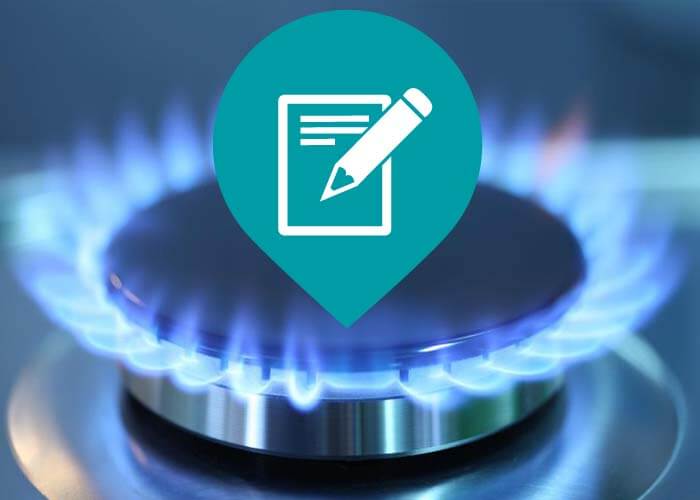
Just how Does the Gas Delivery System Work?
How Does the Gas Shipment System Work?
Gas flowing from higher to decrease stress is the essential principle of the natural gas shipment system. The amount of stress in a pipe is determined in pounds per square inch.
From the well, the natural gas goes into "event" lines, which resemble branches on a tree, obtaining bigger as they obtain closer to the central collection factor.
Event Systems
A gathering system might need several area compressors to relocate the gas to the pipe or the processing plant. A compressor is a device driven by an internal combustion engine or generator that creates stress to "push" the gas via the lines. The majority of compressors in the natural gas shipment system utilize a small amount of natural gas from their very own lines as fuel.
Some natural gas event systems consist of a processing facility, which performs such functions as eliminating contaminations like water, carbon dioxide or sulfur that could corrode a pipe, or inert gases, such as helium, that would certainly decrease the energy worth of the gas. Handling plants also can remove small quantities of lp as well as butane. These gases are made use of for chemical feedstocks as well as other applications.
The Transmission System
From the celebration system, the gas steps right into the transmission system, which is typically made up of concerning 272,000 miles of high-strength steel piper.
These huge transmission lines for natural gas can be contrasted to the nation's interstate freeway system for cars and trucks. They relocate huge quantities of gas thousands of miles from the generating areas to regional circulation business (LDCs). The pressure of gas in each section of line normally varies from 200 pounds to 1,500 pounds per square inch, relying on the kind of location in which the pipe is running. As a precaution, pipelines are created and also constructed to handle much more stress than is ever actually reached in the system. For instance, pipelines in even more booming areas run at less than half of their layout pressure level.
Numerous major interstate pipes are "looped"-- there are two or even more lines running parallel to each other in the same right of way. Check out this site This gives maximum capacity throughout periods of peak demand.
Compressor Stations
Compressor terminals are located around every 50 to 60 miles along each pipeline to boost the pressure that is shed with the rubbing of the gas relocating with the steel pipeline. Lots of compressor terminals are completely automated, so the devices can be begun or stopped from a pipe's central control space. The control area can additionally remotely operate shut-off shutoffs along the transmission system. The drivers of the system keep in-depth operating data on each compressor station, and also continuously change the mix of engines that are going to make best use of performance as well as safety and security.
Natural gas steps through the transmission system at up to 30 miles per hr, so it takes a number of days for gas from Texas to arrive at an energy invoice factor in the Northeast. Along the way, there are numerous interconnections with various other pipelines as well as other energy systems, which offers system drivers a lot of adaptability in moving gas.
Linepack
A 50-mile section of 42-inch transmission line operating at about 1,000 pounds of stress has about 200 million cubic feet of gas-- adequate to power a kitchen range for greater than 2,000 years. The quantity of gas in the pipeline is called the "linepack.".
By raising and also lowering the stress on any type of pipeline segment, a pipeline company can make use of the segment to keep gas during periods when there is much less demand at the end of the pipe. Utilizing linepack by doing this permits pipeline drivers to handle per hour fluctuations sought after extremely efficiently.
Gas pipelines and also utilities use very sophisticated computer designs of client need for natural gas, which associate daily as well as per hour intake patterns with seasonal and also ecological elements. That's why clients can rely on the integrity of natural gas-- when it's needed, it exists.
Gateway Terminals.
When the natural gas in a transmission pipeline gets to a regional gas utility, it normally passes through a "entrance station." Energies regularly have entrance stations obtaining gas at various areas as well as from numerous various pipes. Entrance stations offer three purposes. Initially, they minimize the stress in the line from transmission levels (200 to 1,500 pounds) to distribution levels, which range from 1/4 extra pound to 200 extra pounds. Then an odorant, the distinctive sour aroma connected with gas, is added, to make sure that customers can scent even small quantities of gas. Ultimately, eviction station determines the circulation price of the gas to figure out the quantity being obtained by the energy.